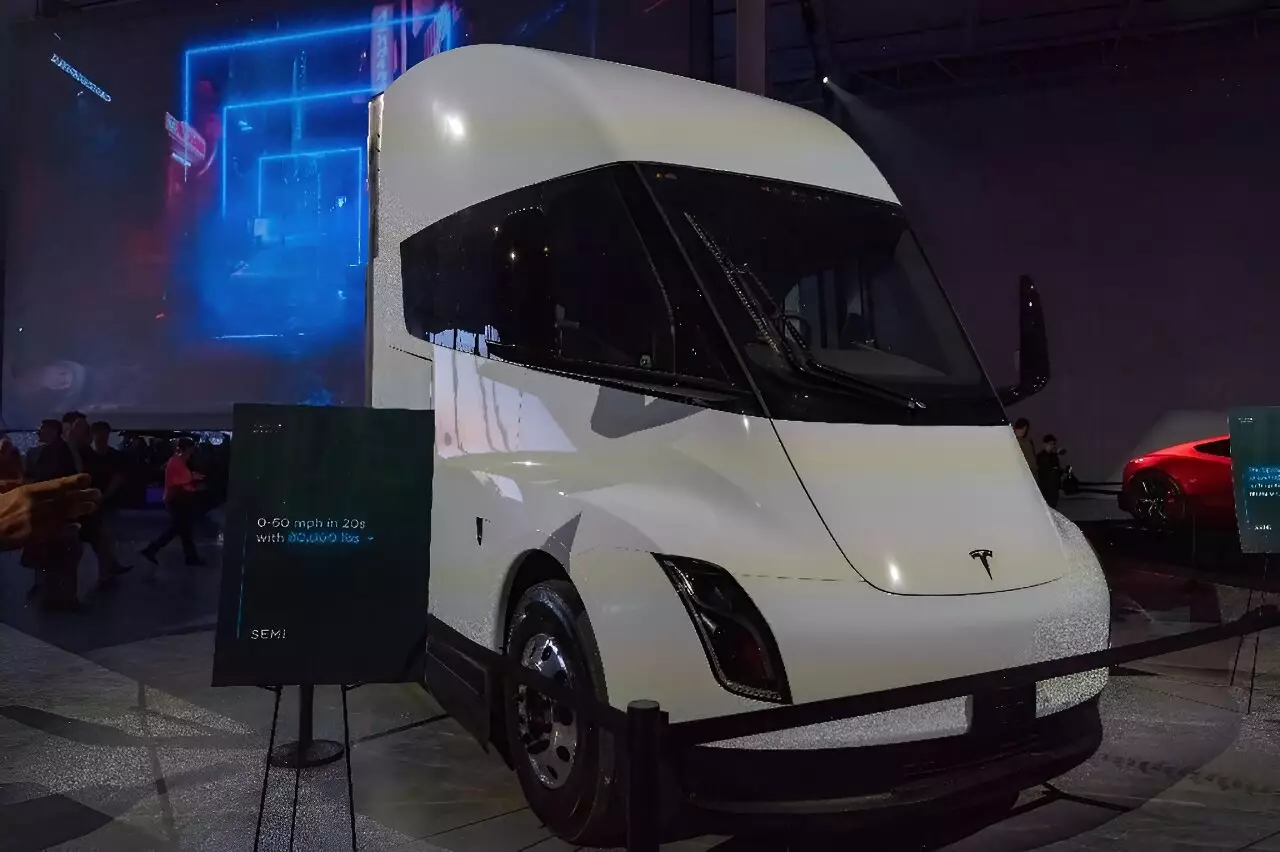The recent incident involving a Tesla Semi truck in California underscores the unique challenges that first responders face when dealing with electric vehicle fires. Reportedly, in the early hours of August 19, firefighters were met with an extensive blaze that required an astounding 190,000 liters (or approximately 50,000 gallons) of water to extinguish. The response highlights issues not only related to firefighting techniques but also the broader implications of relying on electric vehicles for transportation and logistics.
According to a statement from the National Transportation Safety Board (NTSB), the crash occurred near Emigrant Gap when the Tesla-operated semi truck veered off the road while navigating a curve and collided with a tree. The vehicle subsequently rolled down a slope and rested against several other trees. Fortunately, the driver emerged unscathed from the incident. However, the aftermath was far from typical due to the lithium-ion battery system catching fire post-collision. The fire initiated a series of responses that required considerable resources, including an aerial fire-retardant drop around the crash site.
The response from California firefighters was multifaceted. The use of such an enormous volume of water was primarily to cool the lithium-ion batteries, which are notorious for reigniting even after significant suppression efforts. Additionally, the deployment of an aircraft for fire retardant was a precautionary strategy aimed at controlling and containing the blaze’s potential spread, mitigating the risk to nearby forested areas. Such measures reflect a growing understanding among fire departments about the specific risks posed by electric vehicles, which can flare up unexpectedly and require different handling than traditional gasoline-powered vehicles.
This incident raises substantial questions regarding the safety of electric vehicles in operational contexts, especially for companies like Tesla, which have heavily invested in electrification. The company’s ongoing plan to ramp up Semi production by the end of 2025 reflects a commitment to the electric future, but safety incidents like this could have significant repercussions on public perception and regulatory scrutiny. Companies, along with firefighting agencies, must engage more proactively in addressing these emergent safety concerns to ensure that first responders are adequately trained and prepared for future incidents.
As electric vehicles become increasingly prevalent on roads, incidents like the Tesla Semi truck fire serve as critical learning opportunities. The unique challenges posed by electric vehicle infrastructure, including firefighting protocols and long-term safety measures, are imperative for the industry to address. Encouragingly, cooperation between manufacturers, first responders, and government regulators may foster innovative solutions to enhance vehicle safety and reliability, ultimately laying a stronger foundation for the future of transportation.


Leave a Reply